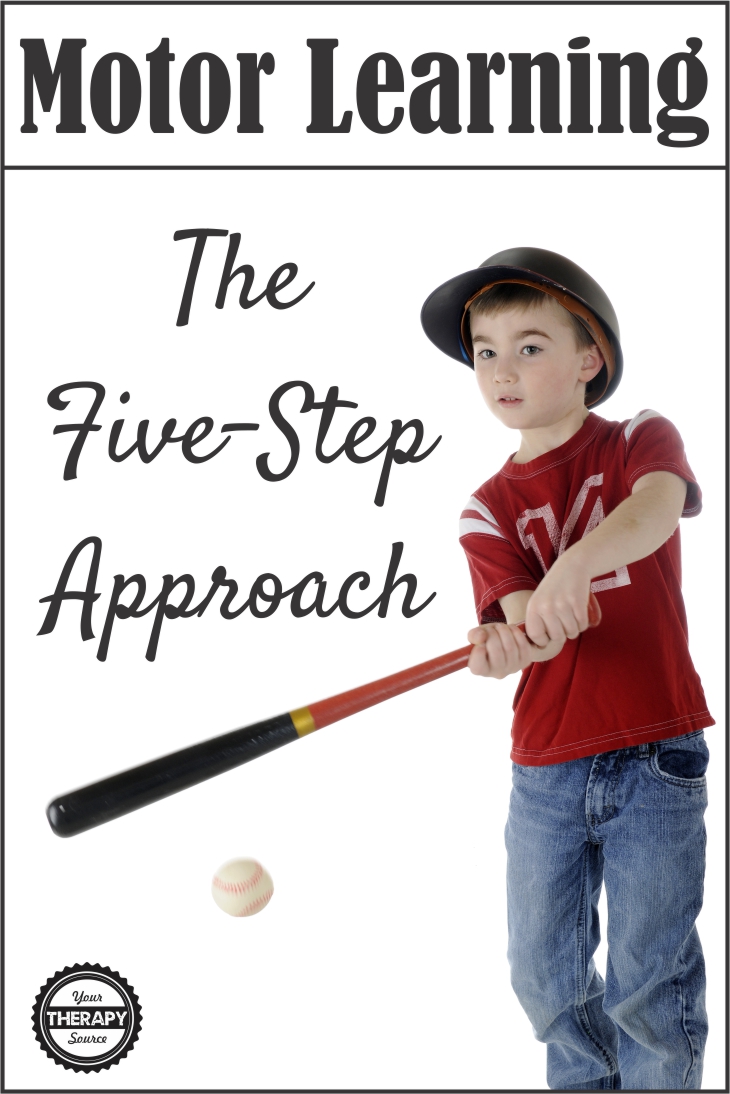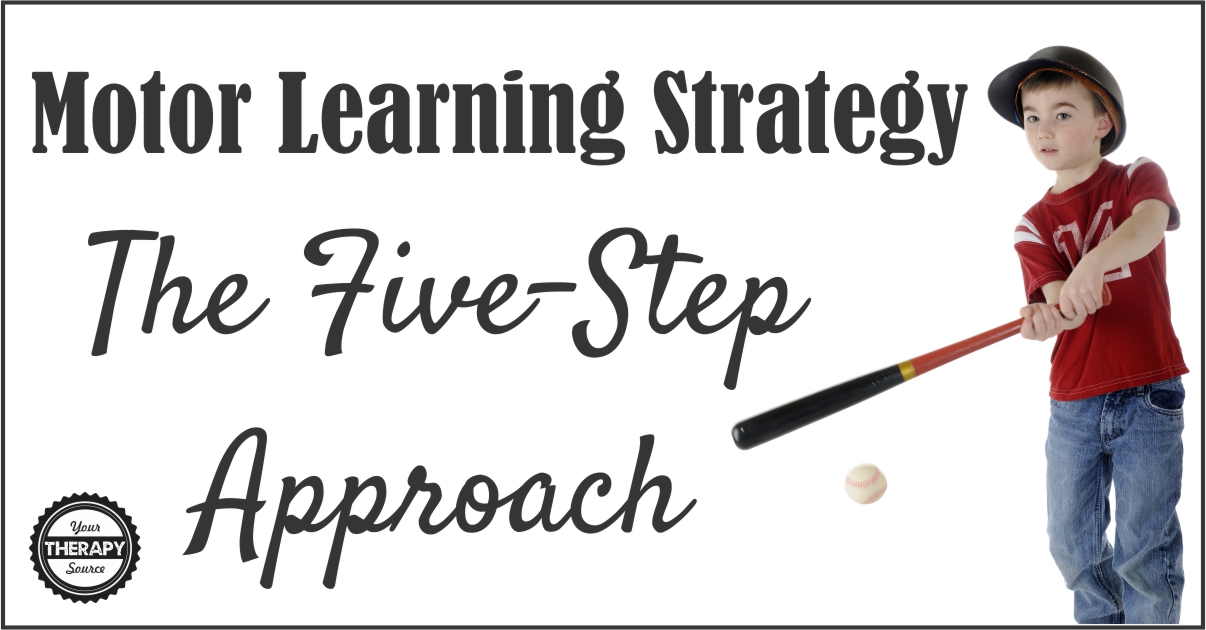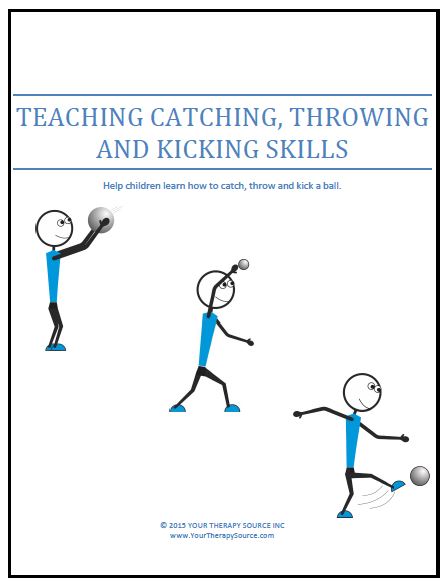Motor Learning Strategies: The Five-Step Approach
As pediatric therapists, we constantly utilize motor learning strategies to help children acquire new motor skills. One motor learning strategy that has been heavily researched is Singer’s Five-Step Approach.
Motor Learning Strategies: The Five Step Approach
This approach to learning a new motor task consists of the following five steps:
Readying
The learner adopts a mechanical, attitudinal, and emotional position for delivering a high-quality attempt at the new motor task. This step may involve adopting a particular posture, completing preparatory activities such as a practice swing, or a breathing exercise.
Imagery
The learner uses visual or kinesthetic imagery for the desired action or outcome.
Focusing
The learner focuses his or her attention on one relevant cue or feature of the task, blocking out all distractions.
Executing Motor Learning Strategies
The learner attempts to execute the skill without consciously guiding the movement. Just do the motor task without thinking about it.
Evaluating
The learner must evaluate the performance and how effectively steps 1-4 were applied. Determine what to adjust when completing the motor task again.
Benefits of the Five-Step Approach for Motor Learning Strategies
The Five-Step Approach has been shown to be effective in a range of tasks, with various populations and with children and adults. In addition, studies have indicated that once taught this approach, learners can transfer the strategy to learning a new novel motor task. Recent research even indicates that learners who were taught the five-step learning strategy successfully recalled and applied it after a 1-month interval, and they demonstrated superior performance on both acquisition and transfer tasks, relative to the control group (Kearney & Judge, 2017).
When you are teaching a new motor skill, such as catching, throwing or higher level gross motor skills such as skipping, perhaps give the Five -Step Approach a try.
References:
Kearney, P. E., & Judge, P. (2017). Successful Transfer of a Motor Learning Strategy to a Novel Sport. Perceptual and Motor Skills, 0031512517719189.
Singer, R. N. (1988). Strategies and metastrategies in learning and performing selfpaced athletic skills. The Sport Psychologist, 2, 49–68. Retrieved from: http:///www.humankinetics.com/tsp
Singer, R. N., & Cauraugh, J. H. (1985). The generalizability effect of learning strategies for categories of psychomotor skills. Quest, 37, 103–119. doi:10.1080/00336297.1985.10483824
Do you need help teaching children to catch, throw and kick? Teaching Catching, Throwing and Kicking Skills: Help children learn how to catch, throw and kick with this packet full of information of age progression of skills, visual picture cards, tips, letter to parents and more! FIND OUT MORE INFORMATION.





